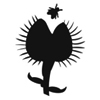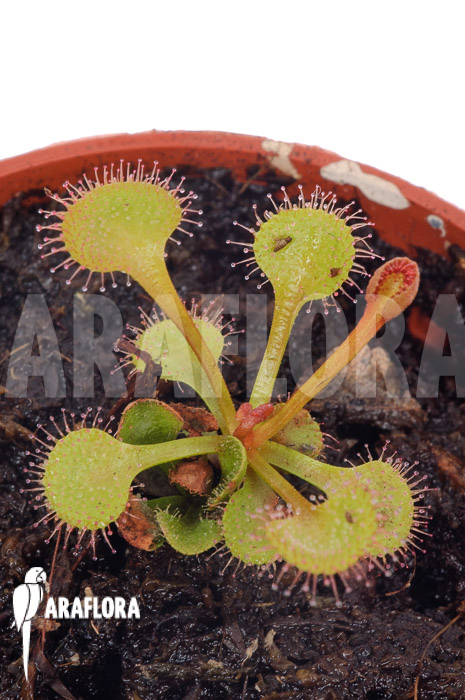Drosera rupicola 'S' - CarniDr153
Drosera rupicola 'S' - CarniDr153
Drosera rupicola is a carnivorous plant from the sundew family. This species originates from southwestern Australia. This plant has multiple lateral stalks containing small and heavy glandular leaves to trap insects with. Provide this plant with bright light and constant wet conditions. This species could grow indoors, larger terraria, greenhouses and could be kept outside in spring and summer.
This product is currently still in stock
Share this plant? Press on one of the following icons.
Drosera rupicola is a carnivorous plant from the sundew family growing up to 15 cm in length. Like every species within the genus Drosera, this plant uses its heavy glandular leaves to trap insects for nutrients. With a higher light intensity, this species will not necessarily show red pigmentation, although there are some variations who will, however. The plant grows from small tubers in the ground. This species grows from a basal rosette containing spoon shaped, heavily glandular leaves. Multiple stems sprout from the rosette and carry half round, glandular leaves. At the top of this stem, simple white five-petaled flowers could be produced by this species from July to October. Propagation is most easily done by removal of smaller rosettes or tubers near the base of a mature plant. Also, harvesting and sowing seeds is possible.




Drosera rupicola originates from loamy soils and granite outcrops of southwestern Australia. It grows in exposed, moist areas near open grassy patches. For optimal growth, the optimal day temperature is around 25 degrees Celsius. In the night temperatures could drop to 15 degrees Celsius. In spring and in summer this plant could also grow outdoors but make sure temperature does not drop under 15 degrees Celsius. Place this plant in a mineral rich or peaty, water retaining medium that lacks nutrients and other dissolved salts completely. Clean peat or horticultural sand are some examples. Provide this species with bright to very bright light conditions such as direct sunlight or strong artificial lights. Prevent this plant from drying out at all times when growing actively. To maintain swampy or soggy conditions, it is possible to place a perforated pot in a tray of water. Always use demineralized water; water containing even a low concentration of minerals could burn the sensitive roots. Fertilizer is best to avoid but it is possible to feed this plant with caught insects once per month.










 5 cm
5 cm
 4 cm
4 cm












